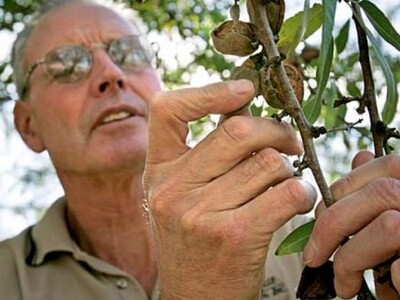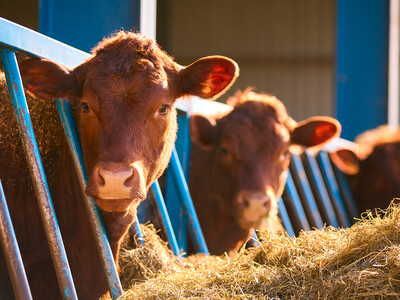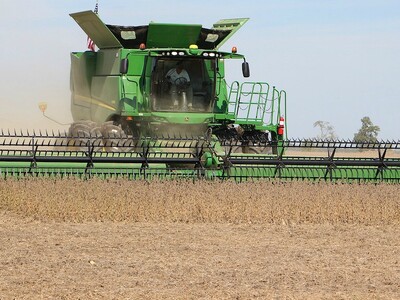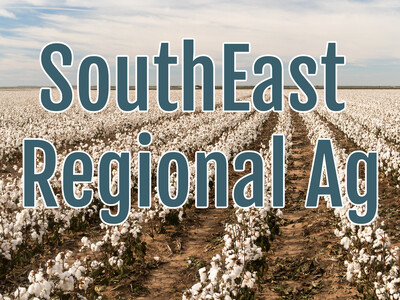Gas Prices & Typhoon Haiyan
Gas Prices & Typhoon Haiyan plus Food Forethought. I'm Greg Martin with today's Northwest Report.Not sure if you have been paying attention lately but gasoline prices have been coming down. That is great news. The reason for the drop according to analysts is the increased oil production in Canada and North Dakota. Also, refineries have stayed on line this year unlike previous ones, and that's good news for consumers. Some gas stations in other parts of the country are now charging less that $3 a gallon but her win the northwest the average has been running around $3.35 to $3.40. I like it.
Every once in a while we get a major storm that will hit the U.S. but nothing compared to the recent Typhoon Haiyan in the Philippines. USDA agricultural meteorologist, Brian Morris says it did some major damage to their ag areas.
MORRIS: It was marked as historically the strongest tropical cyclone in the modern age with 170knot winds which equate to 195 mile per hour winds sustained. The central Philippines produces roughly from a fifth to a third of the rice for the Philippines which means that their target production in rice for this year is going to substantially be lower and is going to require higher imports now.
Some wind gusts were reported as upwards of 250 miles per hour. The Philippines are hit by numerous storms during the year but this was the largest in recorded history.
Now with today's Food Forethought, here's Lacy Gray.
A recent report from Associated Press highly criticizes U.S. ethanol policy, claiming it has caused an expansion of cropland in the U.S. that has accelerated the conversion of conservation lands. By using government satellite data the AP reporters say they've estimated that over one million acres of "virgin land" in the Midwest has been converted to cropland for corn and soybeans since 2006, the year before the Renewable Fuels Standard was passed. That claim is being refuted by the Renewable Fuels Association and the American Coalition for Ethanol, who both describe the article as "an incredibly reckless disregard for the truth". The article does paint a bleak picture of the ethanol industry and basically depicts Midwest corn producers as money grubbing rapists of the land who "rushed to find new places to plant corn as they wiped out millions of acres of conservation land". In reality says RFA representative Bob Dinneen, "there is no evidence to support the AP article's claim that farmers are plowing into pristine prairie lands. Though some CRP lands have been converted to cropland, most native grasslands are protected under USDA's Sodbuster and Swampbuster provisions of the farm bill". We definitely need to hear the rest of the story.
Thanks Lacy. That's today's Northwest Report. I'm Greg Martin on the Ag Information Network.














